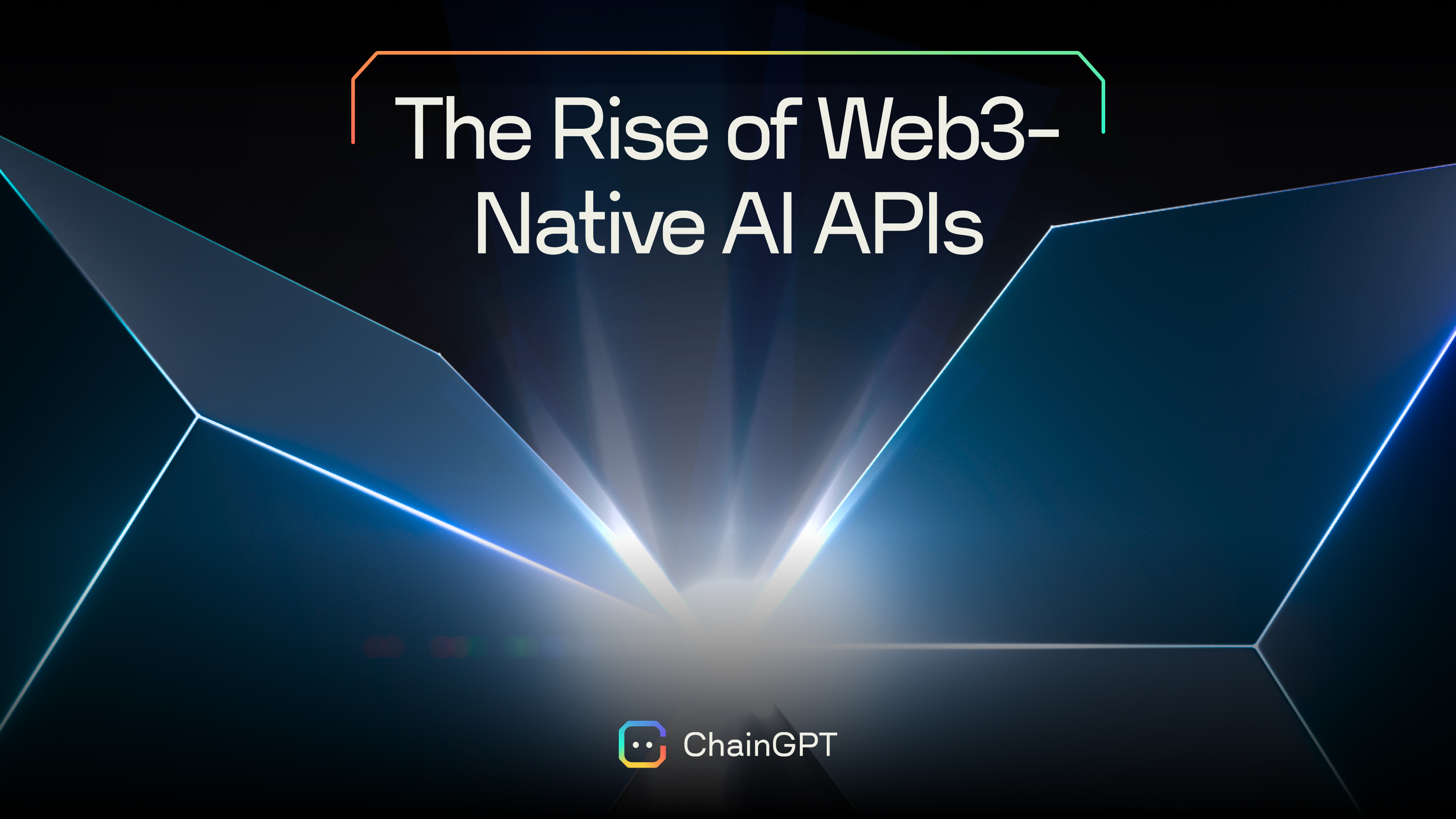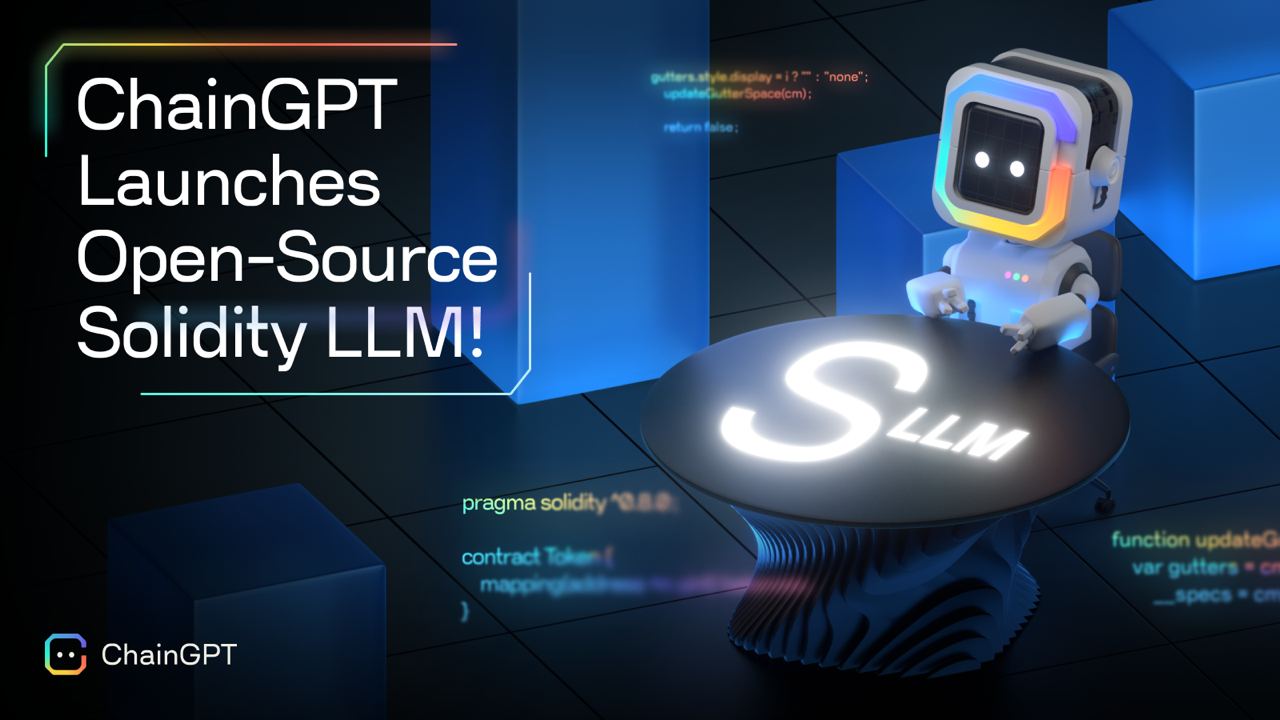As the world is increasingly shaped by pixels and binary code, a new digital phenomenon is capturing the world's attention–non-fungible tokens, or NFTs. Although NFTs have existed since around 2014, it's only recently that their popularity has soared and more people are looking to learn how to generate an NFT token or deploy an NFT name generator to brainstorm ideas for what to call their NFT creation!
A primary driver behind this surge is the digital art marketplace. In 2021 alone, the market valuation for NFTs reached an astonishing $41 billion. As the industry continues to bloom, enthusiasts see NFTs as a transformative force that will redefine the nature of asset ownership and investment.
What, Exactly, Is an NFT?
At its core, an NFT is a unique digital asset. While it can manifest in various forms including art, music, video clips, in-game assets, etc., its defining feature is its non-fungibility.
This means that each NFT is distinct and can't be replaced with something else. Unlike cryptocurrencies like Bitcoin or Ethereum, where each coin or token is identical to the next, NFTs have distinct attributes that make each one unique.
Transactions involving NFTs typically occur online, with cryptocurrencies often serving as the medium of exchange. Blockchain technology is a common foundation that underlies both NFTs and many cryptocurrencies. This decentralized digital ledger verifies and records each transaction, ensuring the authenticity and originality of the NFT.
A Step-by-Step Guide to Creating an NFT Token
Here is information that will help guide you in creating your own NFT token:
Step 1: Define Your Design Concept
When embarking on any design journey, starting with multiple ideas is a natural course of action. The challenge lies in sifting through your thoughts to pinpoint what truly matters.
Every design should tell a story or convey a message. As such, it's essential to ask yourself, “What is the primary message I want to communicate?” This answer to this question can declutter your thought process.
You can use AI-generated images to create your NFTs. Try ChainGPT’s artificial intelligence (AI) NFT Generator, which is designed for ease of use, has an intuitive interface, and can produce high-quality images quickly.
Figuring out how to generate NFT variations and how to generate 3D NFT versions of your work is relatively easy. You can create either a single NFT or an entire collection!
Step 2: Pick Your Blockchain Platform
A blockchain platform is a software infrastructure that allows developers to create and run decentralized applications, smart contracts, and other digital assets.
Traditional software platforms run on centralized servers. In contrast, blockchain platforms operate across a decentralized network of computers. This means no single entity has complete control, and data integrity is maintained by a consensus mechanism among all participants. Thus, a blockchain provides a clear record of the history and ownership of your work. It's the backbone that supports and verifies your creation's uniqueness.
You can try ChainGPT's native token, CGPT, which is now tradeable on major exchanges like KuCoin, Bitget, and decentralized platforms like PancakeSwap. To access ChainGPT's AI and advanced features, you need to use CGPT as the primary currency within that ecosystem.
Step 3: Choose an NFT Wallet
A digital wallet is essential for managing and securing cryptocurrencies and other digital assets. It serves as your personal interface to the blockchain, allowing you to send, receive, and store funds or tokens.
Before setting up your wallet, ensure it supports the blockchain you selected for your NFT. If you hold CGPT coins, you can link your wallet to the ChainGPT platform by scanning a QR code or choosing a desktop wallet option like BitKeep, OneKey, or Wallet3.
What Can Artists Do with NFTs?
Traditionally, when an artist created a painting, they needed a gallery to display and sell it; galleries would then take a commission on any sale. The artist wouldn't earn any money if the painting were later resold. With NFTs, artists can now create digital artwork and sell them directly online.
Also, one of the groundbreaking features of NFTs is the ability for artists to embed royalties into the digital asset. This means that artists can set a predetermined percentage every time the NFT changes hands in the future. So, if digital artwork becomes more valuable over time, the artist continues to benefit.
Wrapping Up
Founded in 2022, ChainGPT swiftly evolved as a pioneer in the world of Web 3.0 and AI-model development. Join us on this journey as we roll out services to developers and businesses through application programming interfaces and software development kits!








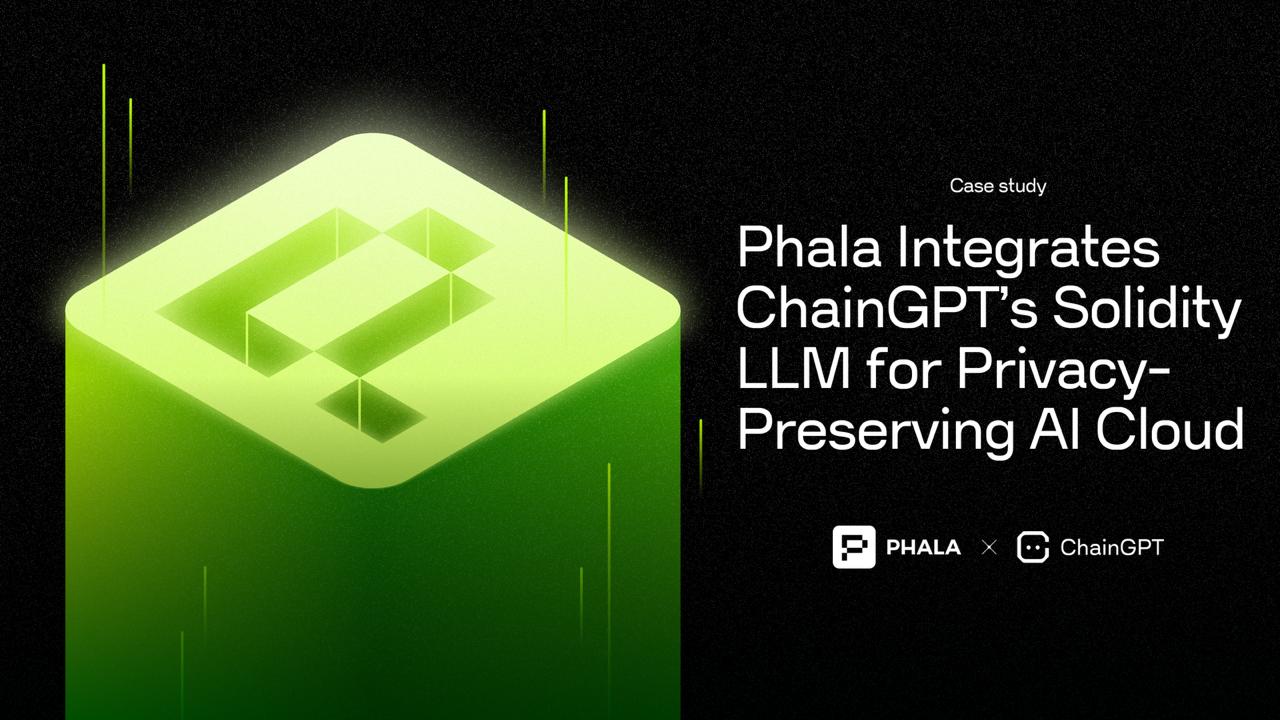


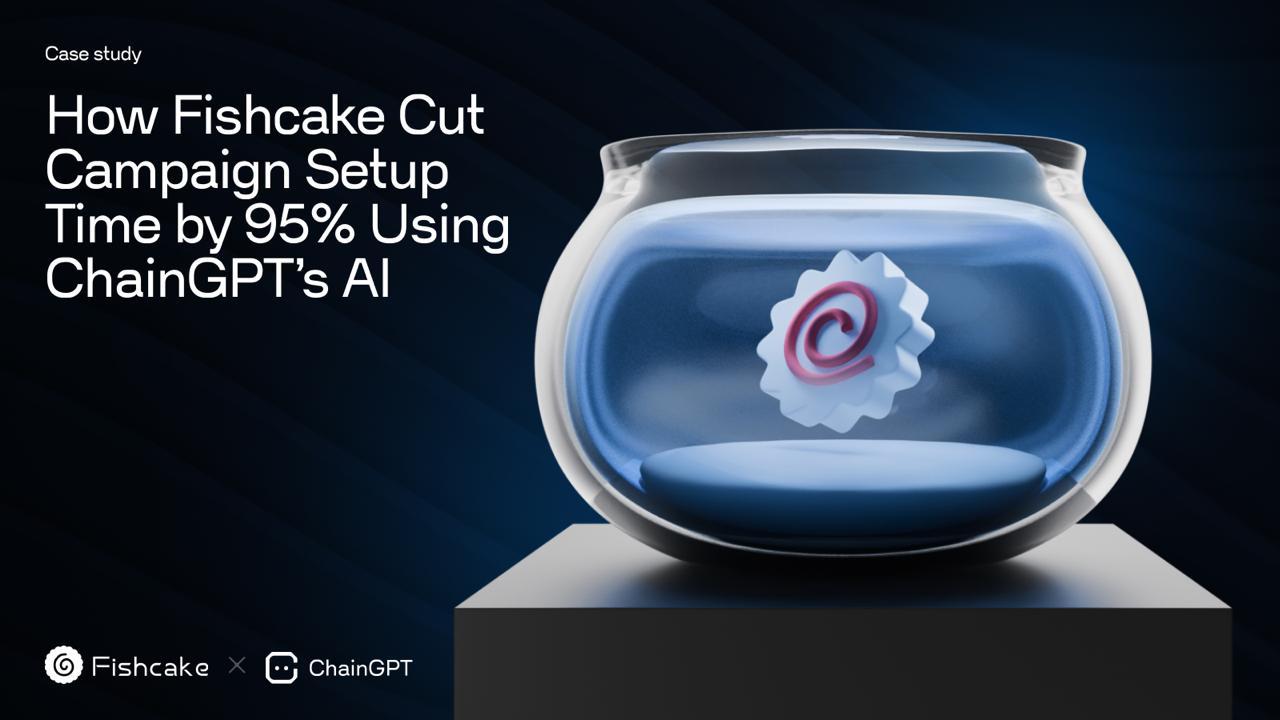
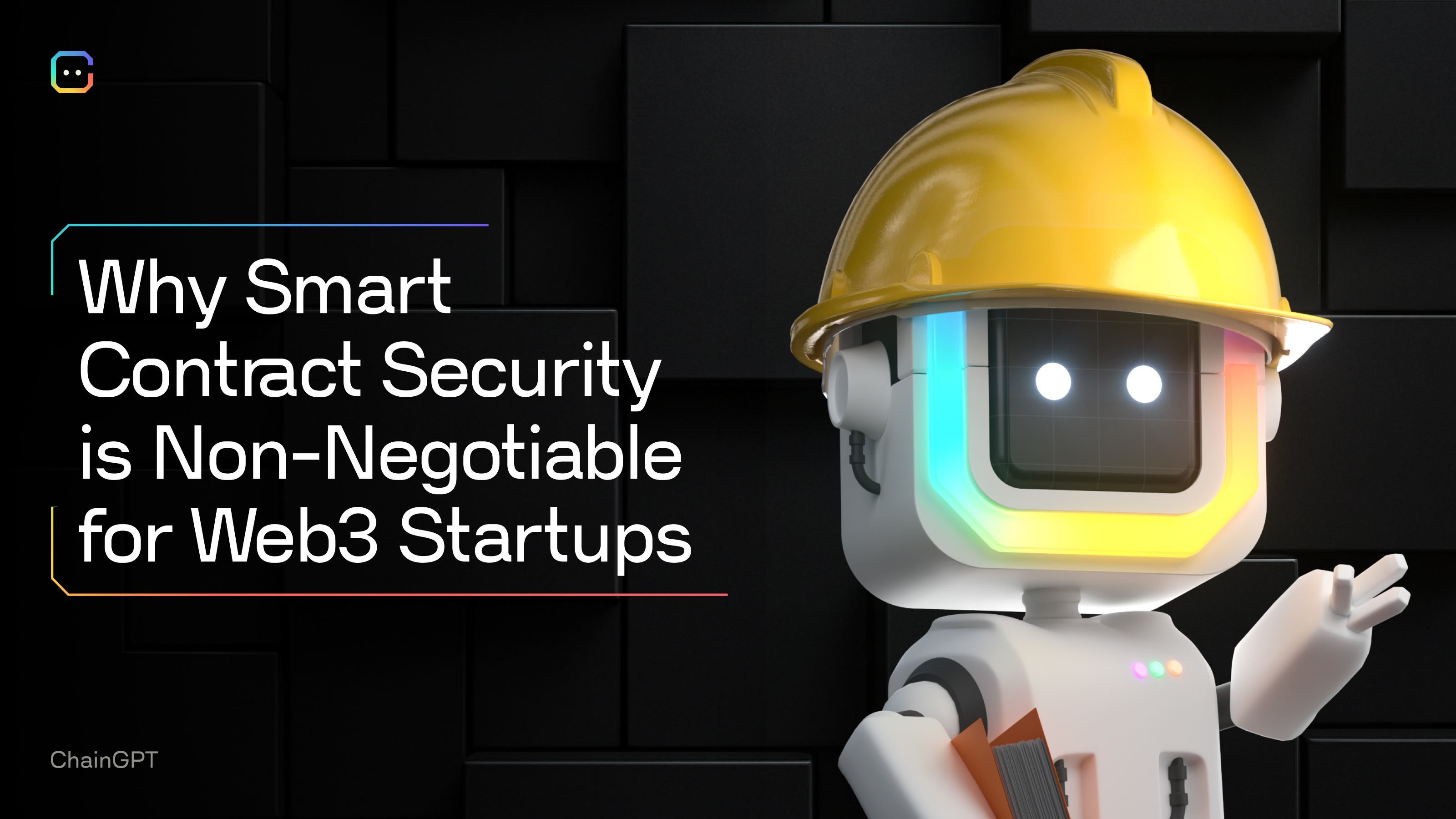
.jpg)
